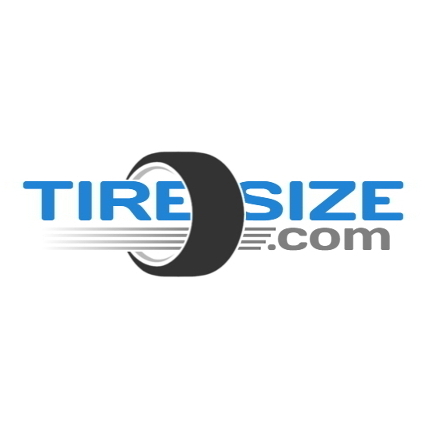Close. Pounds of pressure multiplied by the surface area = amount of force. That surface area is mostly your contact patch, but some types of tire construction allow the rest of the tire to help a bit.
A larger diameter 37 x 13.5" wide tire, has a larger contact patch, so it can lift more weight at a given pressure than a 245/75. Semi truck tires are quite large. Construction makes more of a difference as well. F rated or heavier tires are rock hard at 90 psi.
I can say with complete certainty, that a Goodyear, E rated 245/75r17, Duratrac, can't lift the max weight it's rated for, at 88psi. It'll be on it's side walls. Lol.
But a Cooper STT or Firestone Transcrete AT2 will be pretty solid at 88.
My F250 CC Fx4 sits on Michelin LTX AT's with less than 1000# cargo, 55psi front, 45 psi rear. Add a slide in camper or a large TT, and I go straight to 70/88.








